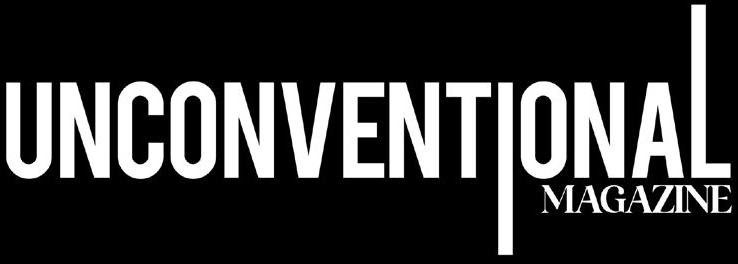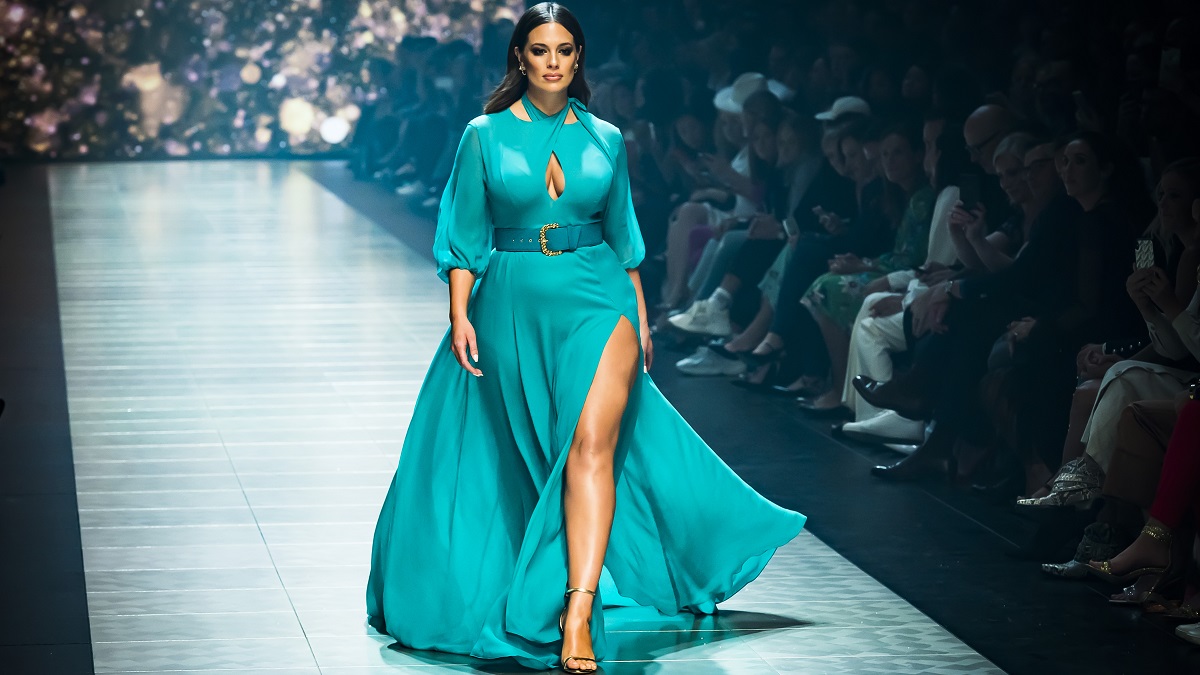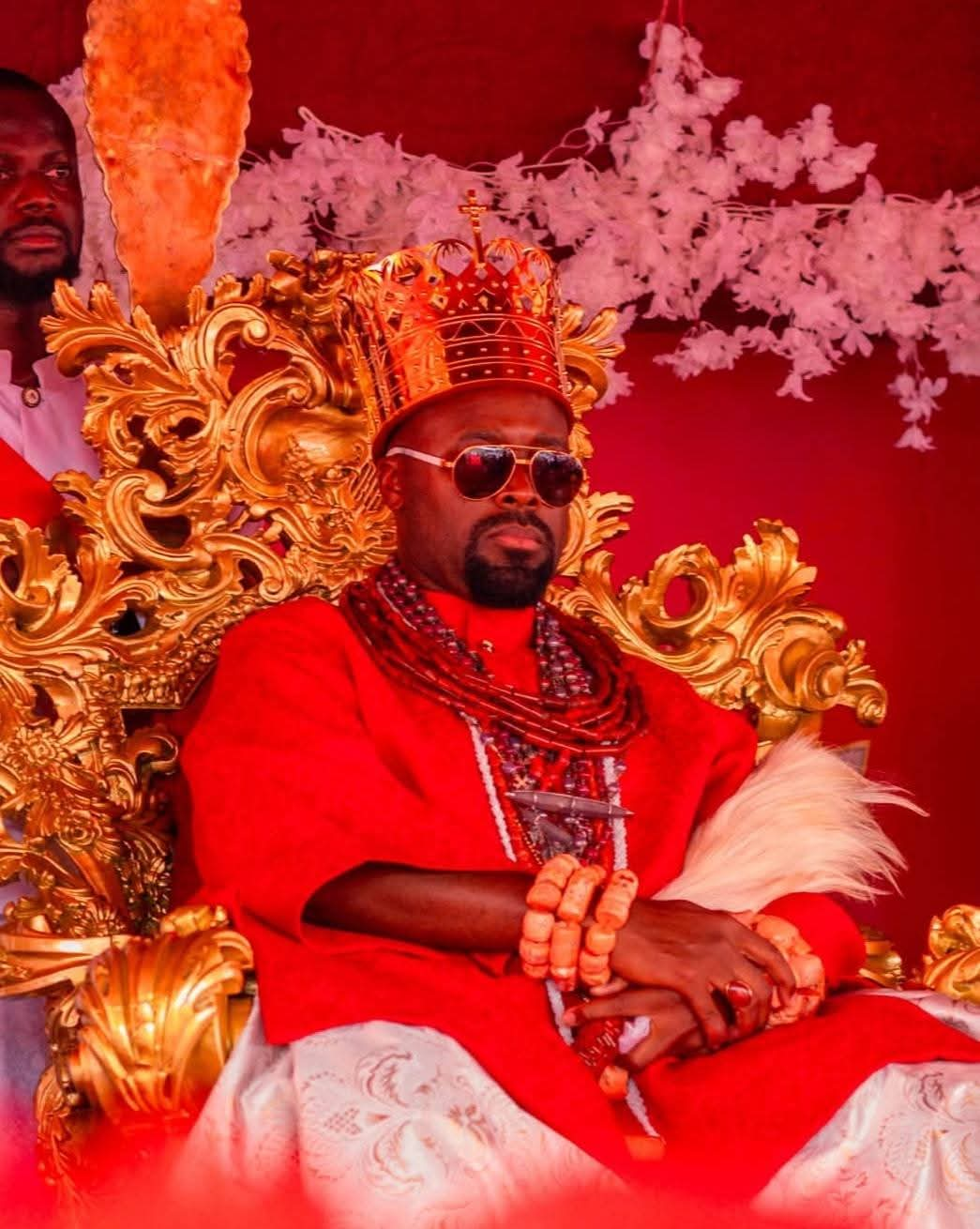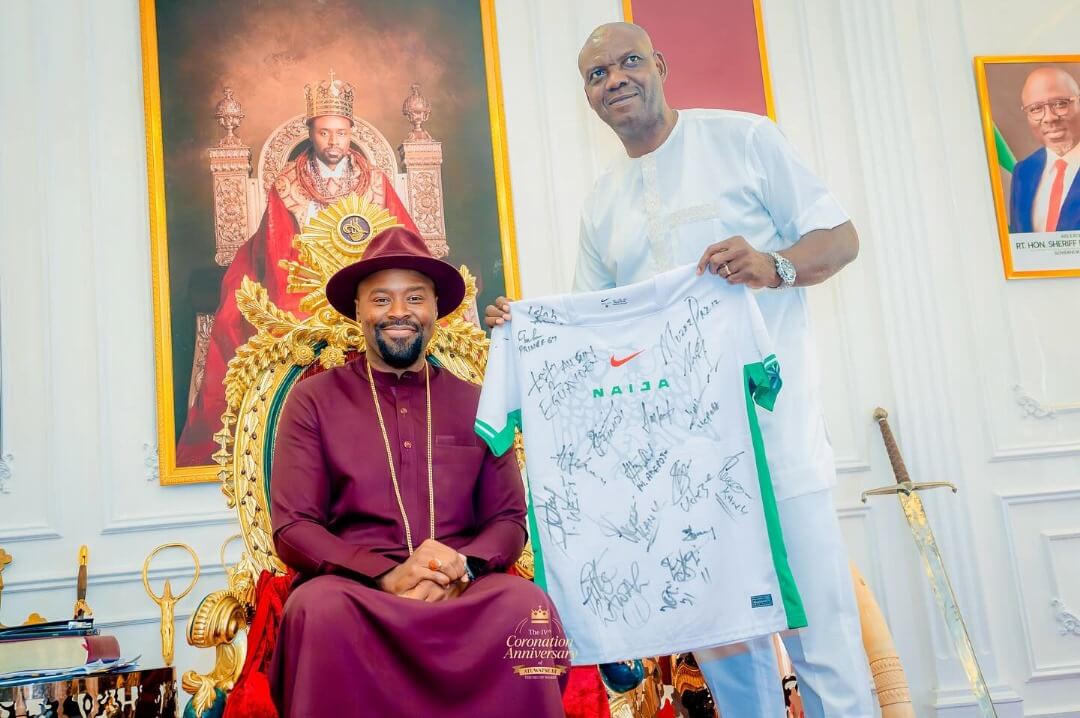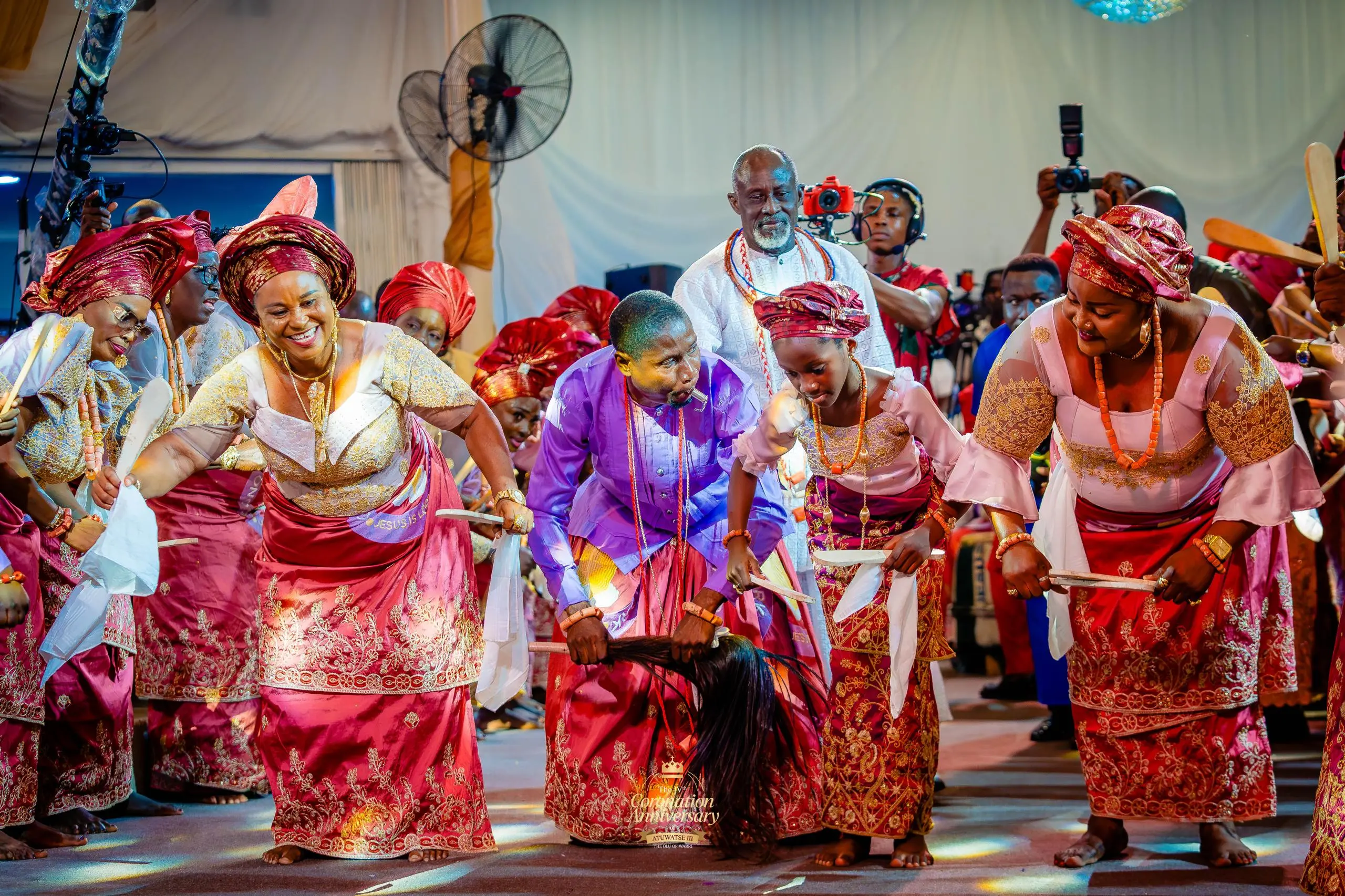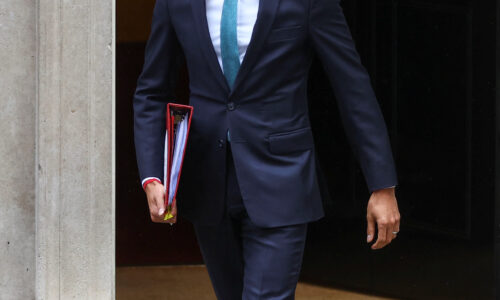- Judith Akatugba
- 0 Comments
- 670 Views
Clothing brands who disregard the plus-sized market risk hurting their company’s image—and earnings.
Last September, a social media feud erupted between ethical apparel company Lucy & Yak and a group of influencers and writers. One of the complaints levied against the corporation was fatphobia, with opponents accusing it of disregarding its plus-size clientele.
Read Also: The Evolution of Automobiles: From the Earliest Models to the Future of Mobility
A public relations crisis ensued for the multimillion-pound company, which had built an image of inclusivity and sustainability. This featured a sorrowful video posted on social media by Lucy & Yak’s owners, Chris Renwick and Lucy Greenwood, as well as following rebuttals labeling their actions as dishonest.
The pair took steps to remedy the issue, including expanding their size range to 32 and making various other improvements. When contacted, Lucy & Yak stated that the experience had been positive overall and had enabled the company to reach out to more people.
This experience should serve as a cautionary lesson for other firms trying to enter the plus-size clothing market, which is expected to be worth $697 billion (£510 billion) by 2027, according to a recent Allied Market Research analysis. One thing is certain: Gen Z and millennial customers value inclusion.
So, what are the dangers and benefits of accepting (or rejecting) size inclusivity? What can brands do to make customers believe their efforts are genuine?
The Plus-Size Opportunity
Stephanie Yeboah, a plus-size writer and influencer who wrote the book Fattily Ever After, believes there is no excuse in 2021 for excluding fat and plus-size people from your company. “The last ten years have shown there’s a strong interest and huge market in fat people wanting to dress stylishly,” she goes on to remark. “Certain areas of the fashion industry are missing a huge trick by constantly refusing to add more sizes or use plus-size women to model their clothes.”
Aja Barber, a sustainability writer and consultant, argues that by ignoring the plus-size market, corporations risk falling into fatphobia. “You either want people to wear the clothes or you don’t,” she adds, blaming the reluctance on a legacy belief in fashion that “plus-size bodies are not aspirational,” which still pervades the business.
In terms of cost, the greater risk is missing out on potential financial benefits. Sophie Slater is the owner and co-founder of Birdsong, a made-to-order sustainable apparel manufacturer that has always offered sizes up to 30.
While there may be an initial expense in terms of producing patterns, paying size graders, and locating proper fit models, expanding your consumer base pays off.
“Plus-sizes are really popular,” she explains. “It has cost us money to do it properly but it’s increased the market, too.”
It simply does not make commercial sense to disregard the market’s fastest-growing segment, she argues, but there is also a moral duty to be inclusive. “If you have money to spend and are a for-profit business, then there’s simply no excuse.”
Doing things correctly
Brands that wish to expand their offerings must do so responsibly. Getting the proper people on board is an important step for Yeboah, though it is not the only one. This entails recruiting plus-size talent – whether designers, fitters, public relations and marketing specialists, or models – who understand the daily obstacles that overweight people confront, as well as what they require to feel included.
Otherwise, as Barber points out, you risk appearing insincere, which might harm your image even more, especially if you’re openly advocating diversity as a strategy of acquiring power. “If you’re saying your brand’s feminism is intersectional, then your products need to be inclusive — so that includes all different sizes, abilities and all different colours of skin,” she said.
Yeboah urges brands against quietly expanding their offer. “Fat women want to be able to dress well — but we want brands to mean it if they’re extending their ranges.” She believes that if they hide their plus-size clothing in their marketing, it may indicate that their efforts are not genuine.
Yeboah wants high-street brands to carry at least a size 26, and cites ASOS as an example of a firm doing things correctly.
A brighter, more inclusive fashion future
Barber emphasizes the importance of producing well-made, sustainable clothing that will last, or risk exacerbating fast fashion’s significant environmental impact. She also mentions a tradition of manufacturers selling just flimsy, poorly manufactured items to the plus-size market. “It sends a message that your body is temporary,” she said, “that the clothes don’t need to last because you won’t be fat forever.”
The demand is certainly present. Things are changing in an industry that has always been based on exclusivity. This includes players at the top of the game, with designers such as Valentino expanding their size offerings over the last year.
Fashion has a major influence on how we perceive bodies as a society, thus there is a clear social necessity for inclusiveness. Aside from that, it just makes financial sense to provide clothing that everyone can afford. Companies that sincerely embrace inclusivity will have huge opportunities ahead of them.
“The feeling you get as a fat person when you wear something you want to wear and not something you have to wear because nothing else fits is incredible,” Yeboah said.
